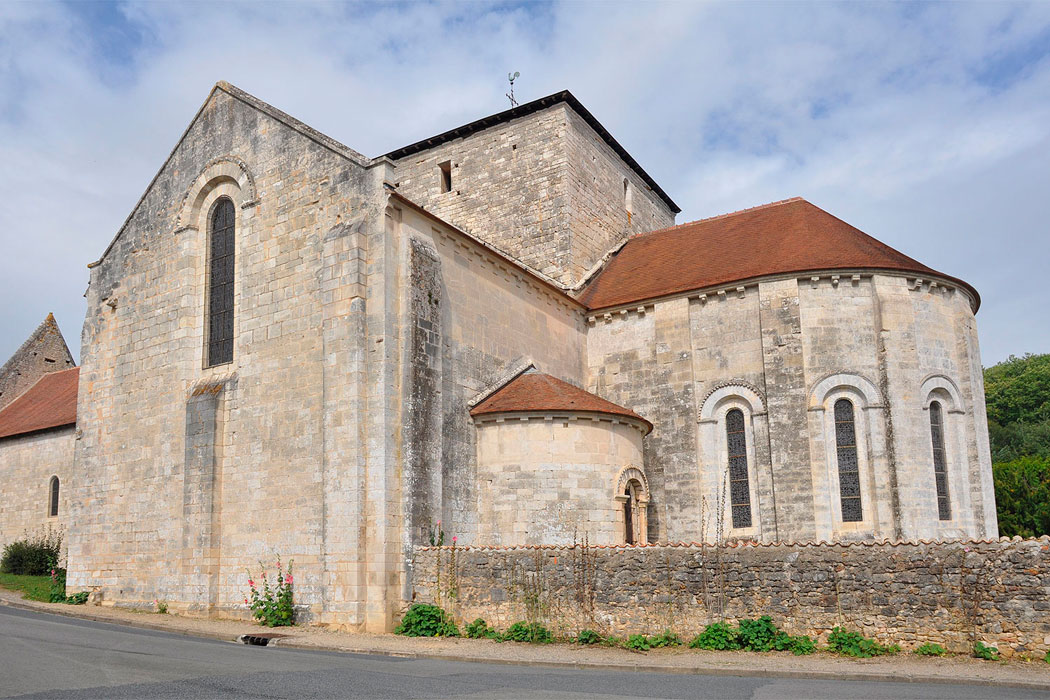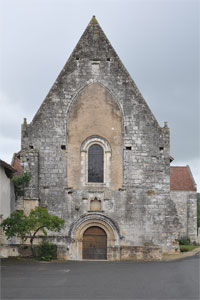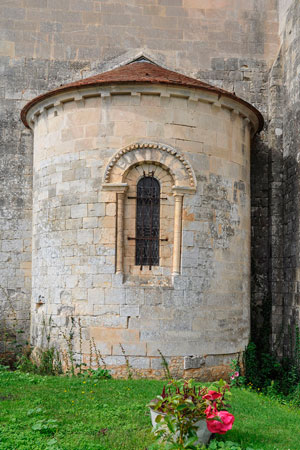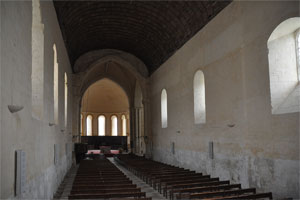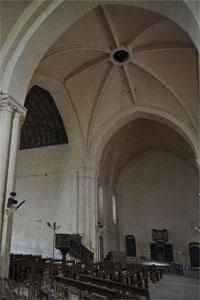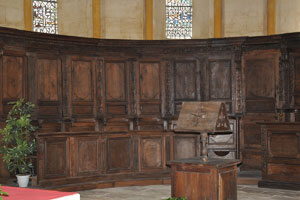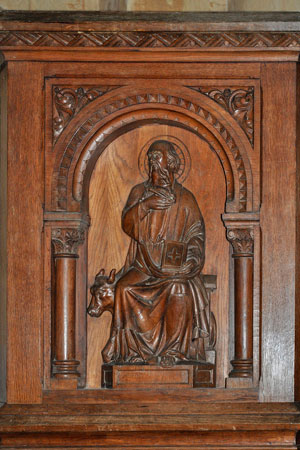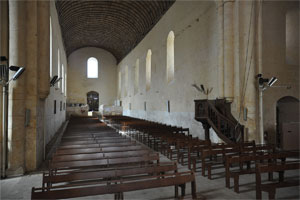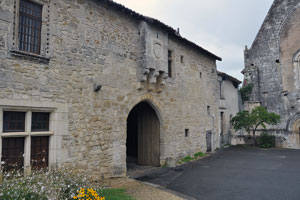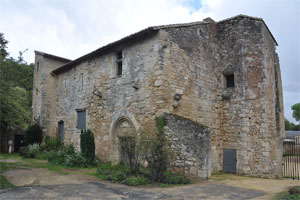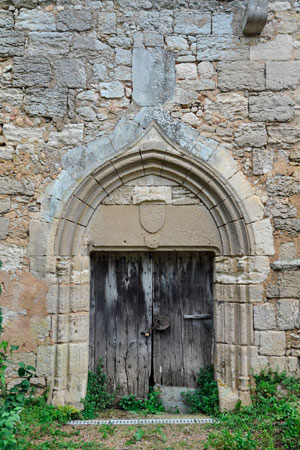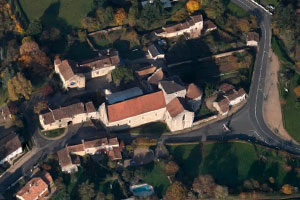Abbey of Notre-Dame de Fontaine-le-Comte
Abbaye de Fontaine-le-Comte / Fons Comitis
(Fontaine-le-Comte, Vienne)
The Augustinian canonry of Notre-Dame de Fontaine-le-Comte was founded by William VIII (†1137), Count of Poitiers and Duke of Aquitaine (William X), at an uncertain date between 1127 and 1137. At that time, William granted the site of Fontaine-le-Comte to Geoffroy de Louroux (†1158) and his companions so they could establish a church and settle there as a community. He also endowed the house with lands and privileges.
That same Count William, together with Geoffroy, also founded the canonry of Sablonceaux (Charente-Maritime). Although they shared the same founding period and first abbot, both houses would later follow independent paths. Geoffroy was also involved in the foundation of other monasteries and was closely connected to key figures in the monastic world, such as Bernard of Clairvaux, who encouraged him to abandon the eremitic life; Peter the Venerable, abbot of Cluny (Saône-et-Loire); and Suger, abbot of Saint-Denis (Seine-Saint-Denis). In 1135 he was appointed bishop of Bordeaux.
In 1199, the Benedictine abbey of Saint-Jean d’Orbestier (Vendée) came under the authority of Fontaine-le-Comte and adopted the Rule of Saint Augustine. During the 13th century, the house enjoyed a period of prosperity, and in 1307 Pope Clement V confirmed its possessions in a papal bull. Later, the abbey suffered from the effects of the Hundred Years’ War; in 1363, reconstruction work was underway after the buildings had been set on fire in the middle of the century to prevent the English from turning the site into a fortress.
After the Wars of Religion, in the 16th century, the abbey had fallen into deep decline and was in serious danger of ruin. In 1654 it joined the congregation of Sainte-Geneviève, which brought some renewed energy to the establishment, though not enough to prevent its merger in 1756 with Saint-Hilaire-de-la-Celle in Poitiers due to the waning vitality of both communities. The Revolution eventually brought monastic life here to a definitive end.
Today, the church — now serving as a parish church — still stands, along with a few annex buildings. The church, of medieval structure, consists of a single nave and a transept. The chevet includes a large central apse and two smaller ones opening into the arms of the transept. The cloister and its dependencies, once located to the north of the church, have disappeared, though some auxiliary buildings remain, such as the former abbatial residence.
- AUBERT, R. (1971). Dictionnaire d'histoire et de géographie ecclésiastiques. Vol. 17. París: Letouzey et Ané
- BEAUNIER, Dom (1910). Abbayes et prieurés de l'ancienne France. Vol. 3: Auch, Bordeaux. Abbaye de Ligugé
- BRUTAILS, Jean-Auguste (1922). Geoffroi du Louroux, archevêque de Bordeaux de 1136 à 1158, et ses constructions. Bibliothèque de l'École des Chartes, vol. 83
- RÉDET, M. (1838). Notice historique sur l'abbaye de Fontaine-le-Comte, près Poitiers. Mémoires de la Société des antiquaires de l'Ouest. Poitiers / Paris: Fradet et Barbier / Derache
- SAINT-MAUR, Congregació de (1720). Gallia Christiana in provincias ecclesiasticas distributa. Vol. 2. París: Typographia Regia
